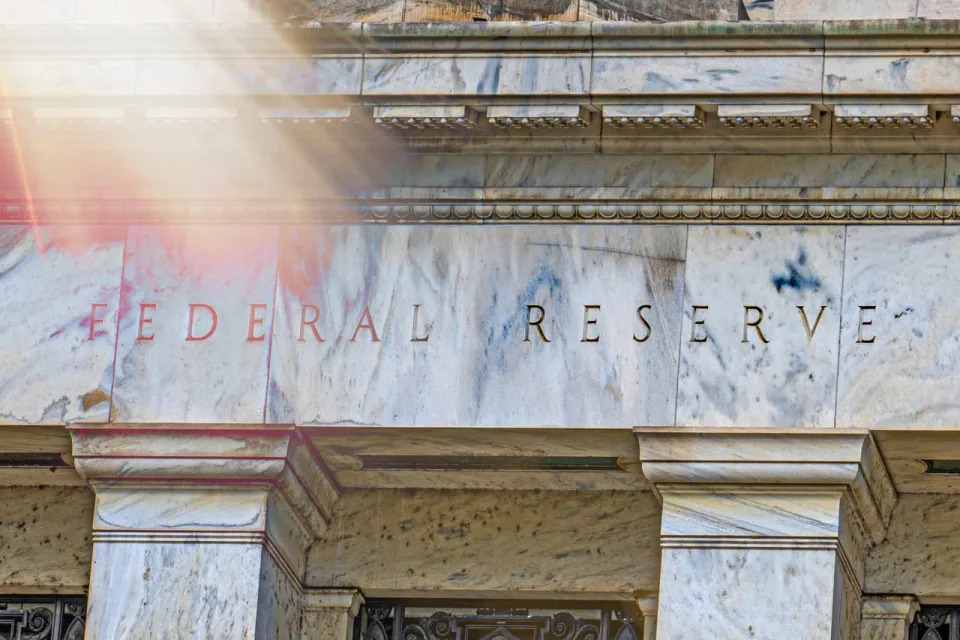News
This strategist nailed when the Trump bump would end, to the day. Now he says stocks can fall as much as 40%.

A strategist who correctly predicted when the stock market’s bump from President-elect Donald Trump’s victory would end, is now saying the stock market could face a selloff of as much as 40% in the next year or so.
Volatility trader and founder of Kai Volatility, Cem Karsan won plaudits among the finance crowd for accurately predicting more than two months ahead of time that Jan. 13 would be the day the S&P 500 SPX would “fill the gap.”
When an index or stock opens above the previous day’s higher or low, that leaves a “gap” on the daily chart, and for the S&P 500, this was filled when the index traded below the Nov. 5 high on Jan. 13.
Speaking on Thursday to Schwab Network , a streaming financial news service, Karsan said that the Federal Reserve will need to carefully managing rate cuts and expectations and the next few months will be crucial.
He expects the 10-year Treasury yield BX:TMUBMUSD10Y will surpass 6% by the third quarter of this year, perhaps 6.25% to 6.5%, which is the “bigger, bigger question” for investors right now. That, he said “starts a bigger decline that I do see coming on the horizon.”
Stocks have been pressured this year as that yield has neared 5%, reflecting concerns about inflation and fading hopes for Federal Reserve rate cuts.
Karsan believes stocks are near a so-called topping process, meaning the market could be nearing its peak and a big decline may not be far off. The big top he sees at present is around 6,600 on the S&P 500. He said the Fed can play it two ways, the first is dovish which will mean a stock market rally continues, but then a harder drop later on, or go hawkish and cause a stock slide sooner.
If the Fed can’t keep expectations for lower rates going or just waits to see what happens without getting ahead of markets, then “weakness begets weakness and they really don’t want to see a weak move into March here, which I think is very possible,” he said, adding that the 10-year yield would start climbing.
“And remember it’s a $100 trillion equity market. If you got a 10% to 20% pullback, that really starts to affect the economy. The market leads the economy and that liquidity will then need to be countered, and it will probably be too late at that point,” he said.
If the Fed can be accommodating, “the market will hang in and we won’t have that decline yet,” but eventually see a so-called blow off top, that is when stocks see a steep and rapid rise, followed by a steep decline.
“It’s a balancing act, and I really feel like if they don’t do it now [project more easing], we’re going to get a decline sooner, and I do think it will be a big one, 30% to 40% if they don’t start cutting and projecting monetary policy here early,” he said, adding that such a crash could come by next year.
“This is a volatile market, this is not a sideways market. Prepare for it accordingly,” he said.

